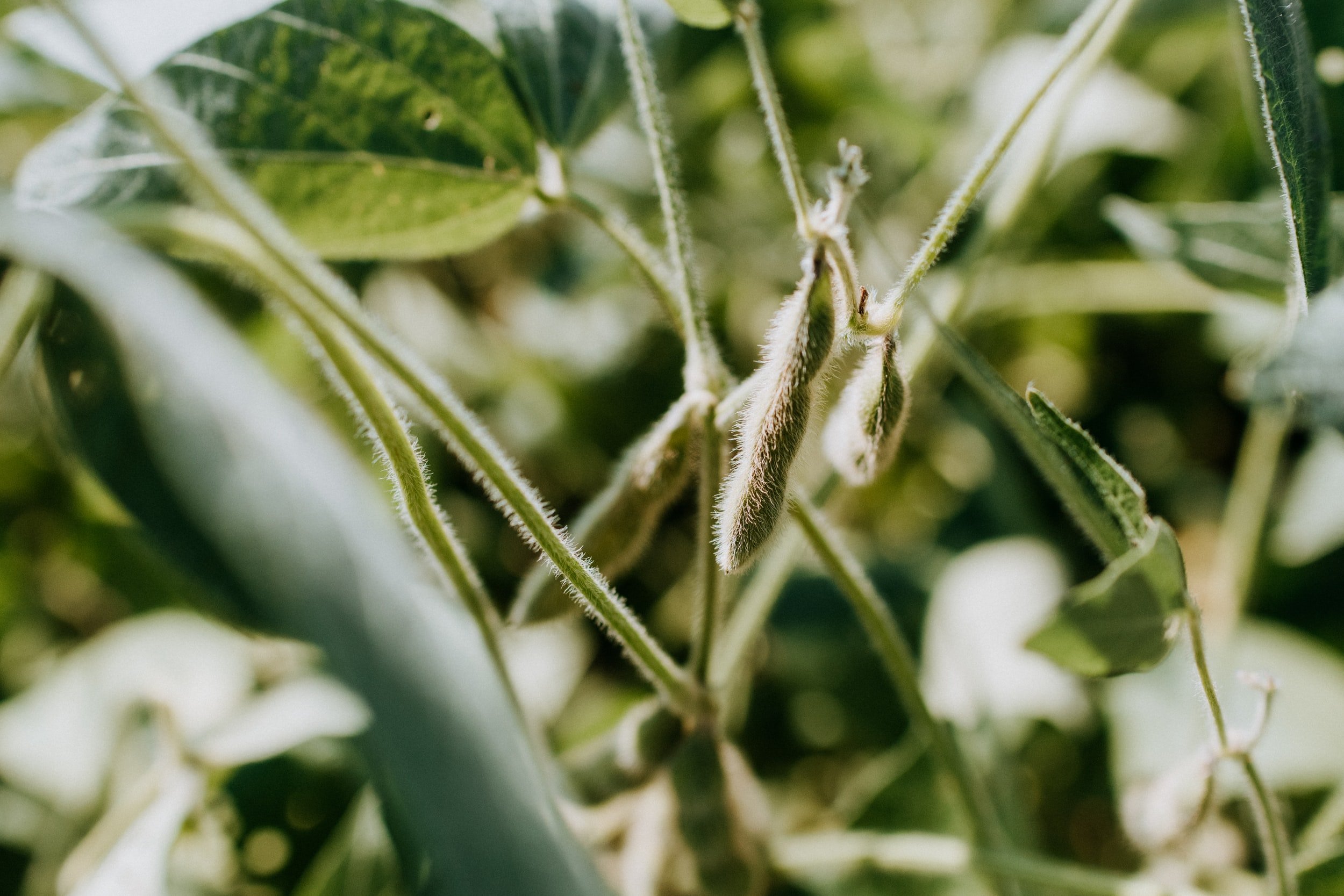Iron
Iron is a mineral that is essential to human health.

Iron
-
Iron is a nutrient that is found in almost every cell of the human body. Iron is a major component of hemoglobin in red blood cells and myoglobin in muscle cells and delivers oxygen throughout the body. Iron is naturally present in food and exists in two forms: heme iron and non-heme iron. Heme iron is found in animal foods is better absorbed than non-heme iron. Substances such as oxalic acid, tannins, phytic acid, polyphenols, and calcium carbonate supplements interfere with the absorption of non-heme iron. Additionally, iron is found in supplements and fortified foods.
-
Iron has a critical role in carrying and delivering oxygen to all the cells and tissues of the body. Iron also is part of many of the body’s enzymes and proteins.
-
8 mg/day is recommended for adult males and 18 mg/day for adult females. Requirements increase to 27 mg/day during pregnancy and decrease to 9 mg/day during lactation. Some examples of approximate iron content in food include 3 oz clams (9 mg), 1/2 cup cooked spinach (3.2 mg), and 1/2 cup cooked legumes (1.8-2.2 mg).

Iron
-
Is especially important during periods of growth
Having adequate iron is essential during periods of rapid cell growth such as pregnancy, infancy, and adolescence. Iron is required for the proper functioning of cells due to its essential role in oxygen delivery, the electron transport chain, and enzymatic activity. Thus, cells with increased metabolic rates have increased iron requirements.
-
Is found in plant foods as non-heme iron
A healthy iron-rich diet should include adequate amounts of iron from the diet from the following plant foods: lentils, beans, fortified cereals, long-grain enriched rice, whole grains, spinach, and beans. Moreover, foods rich in vitamin C including bell peppers, citrus fruits, and berries should be consumed with iron for better absorption.
-
Is essential for a healthy pregnancy and fetal outcome
Iron requirements dramatically increase during pregnancy due to maternal blood volume expansion and fetal growth and development. If maternofetal iron deficiency persists throughout pregnancy, irreversible structural impairments of the fetal brain can occur. For example, iron deficiency in the late fetal and newborn period causes abnormal emotional regulation and cognitive performance, continuing into adulthood, despite iron repletion.
-
May reduce the risk of anemia
Iron is an essential part of healthy red blood cells in adults and children. Anemia can occur with inadequate iron intake, especially among children, adolescent girls, menstruating females, or women of childbearing age.
Increase Your Iron Intake
-
Eat heme and non-heme iron together
Eat heme and non-heme iron together for better iron absorption.
-
Cook with a cast iron pot or skillet
Cooking acidic foods in cast iron significantly increases the iron content of food.
-
Avoid coffee and tea while eating
Coffee has polyphenols, and tea has tannins that interfere with iron absorption.
-
Eat plant foods
Non-heme iron is highest in legumes, whole grains, nuts, dried fruits, spinach, and other vegetables and greens.
-
Include vitamin C
Vitamin C increases non-heme iron absorption and should be included with iron-rich meals.
-
Eat animal foods
Heme iron is highest in clams, oysters, organ meats, lean beef, tuna, and salmon. Other sources include eggs, lamb, and shellfish.